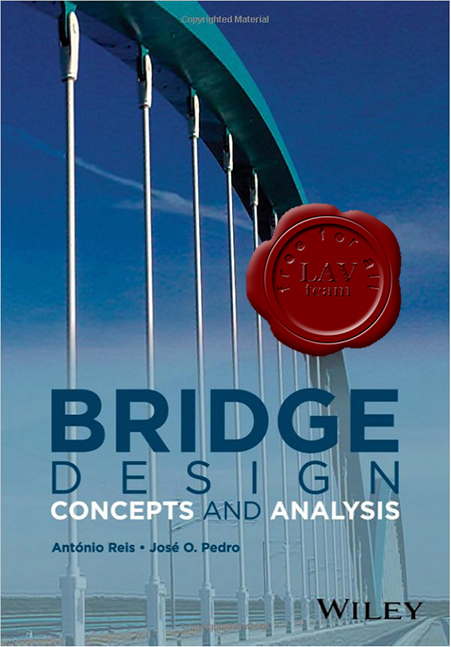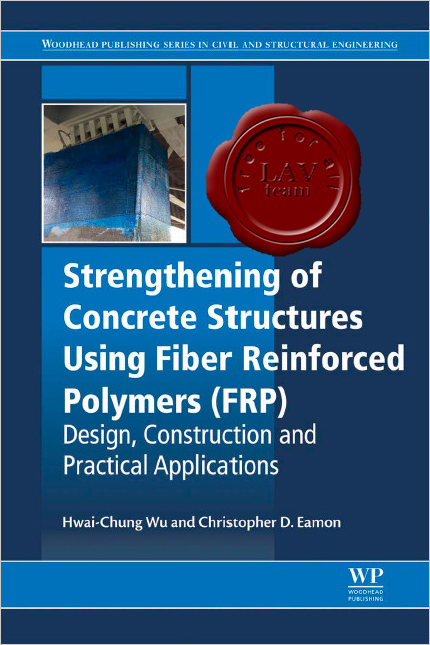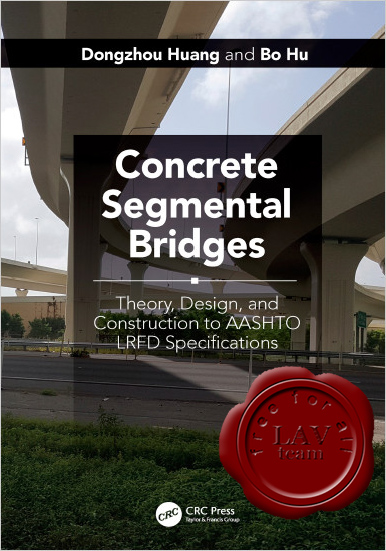Braja Das, Nagaratnam Sivakugan - Principles of Foundation Engineering. 9th SI EditionCengage Learning, 2019
pdf, 884 pages, english
ISBN-13: 978-1-337-70503-5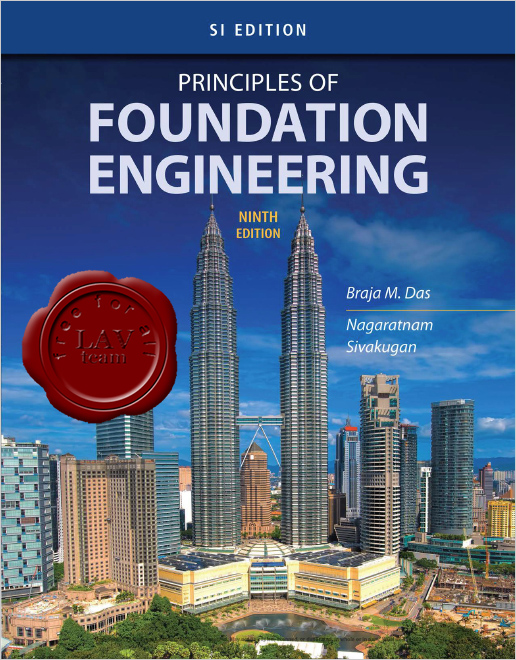
Soil mechanics and foundation engineering have developed rapidly during the last seventy years. Intensive research and observation in the field and the laboratory have refined and improved the science of foundation design. Originally published in the fall of 1983, Principles of Foundation Engineering is now in the
ninth edition. It is intended primarily for use by undergraduate civil engineering students. The use of this text throughout the world has increased greatly over the years. It has also been translated into several languages. New and improved materials that have been published in various geotechnical engineering journals and conference proceedings, consistent with the level of understanding of the intended users, have been incorporated into each edition of the text.
New to This EditionBased on the increased developments in the field of geotechnical engineering, the authors have added three new chapters to this edition. The ninth edition of Principles of Foundation Engineering contains a total of 19 chapters. Listed here is a summary of the major revisions from the eighth edition and new additions to this edition.
● Numerous new photographs in full color have been included in various chapters as needed.
● The Introduction Chapter (Chapter 1) has been entirely revised and expanded with sections on geotechnical engineering, foundation engineering, soil exploration, ground improvement, solution methods, numerical modeling, empiricism, and literature.
● Chapter 2 on Geotechnical Properties of Soil includes new sections on the range of coefficient of consolidation and selection of shear strength parameters for design. All of the end-of-chapter problems are new.
● Chapter 3 on Natural Soil Deposits and Subsoil Exploration has an improved figure on soil behavior type chart based on cone penetration test.
● Chapter 4 on Instrumentation and Monitoring in Geotechnical Engineering is a new chapter that describes the use of instruments in geotechnical projects, such as piezometer, earth pressure cell, load cell, inclinometer, settlement plate, strain gauge, and others.
● Soil Improvement (Chapter 5) has some details on typical compaction requirements as well as improved figures in the section of precompression. About half of the problems at the end of the chapter are new.
● Chapter 6 on Shallow Foundations: Ultimate Bearing Capacity has new sections on a simple approach for bearing capacity with two-way eccentricities, and plane strain correction of friction angle.
● Chapter 7 on Ultimate Bearing Capacity on Shallow Foundation: Special Cases has a section on ultimate bearing capacity of a wedge-shaped foundation. About half of the end-of-chapter problems are new.
● Chapter 8 on Vertical Stress Increase in Soil has a new section on stress below a horizontal strip load of finite width and infinite length. The majority of the end-of-chapter problems are new.
● In Chapter 9 on Settlement of Shallow Foundations, Section 9.3 on settlement based on the theory of elasticity has been thoroughly revised with the addition of the results of the studies of Poulos and Davis (1974) and Giroud (1968). In Section 9.6, which discusses the topic of settlement of foundation on sand based on standard penetration resistance, Terzaghi and Peck’s method (1967) has been added. Elastic settlement considering soil stiffness variation with stress level is given in a new section (Section 9.7). Other additions include settlement estimation using the L1 – L2 method (Section 9.9) (Akbas and Kulhawy, 2009) and Shahriar et al.’s (2014) method to estimate elastic settlement in granular soil due to the rise of ground water table (Section 9.10). The section on tolerable settlement of buildings has been fully revised. More than half of the end-of-chapter problems are new.
● In Chapter 10 on Mat Foundations, the reinforcement design portion for the mats was removed to concentrate more on the geotechnical portion. All end-ofchapter problems are new.
● Chapter 11 on Load and Resistance Factor Design (LRFD) is a new chapter. It provides the design philosophies of the allowable stress design (ASD) and load and resistance factor design in a simple way.
● Chapter 12 on Pile Foundations has a new section defining point bearing and friction piles (Section 12.5). Section 12.5 on installation of piles has been thoroughly revised. Factor of safety for axially loaded piles suggested by USACE (1991) has been incorporated in Section 12.8 on equations for estimating pile capacity. The analysis by Poulos and Davis (1974) for estimation of elastic settlement of piles has been included in Section 9.17. About half of the end-ofchapter problems are new.
● In Chapter 13 on Drilled Shaft Foundations, several figures have been improved to aid in better interpolation for solving problems. More than half of the end-of-chapter problems are new.
● Chapter 14 on Piled Rafts—An Overview is a new chapter. It describes optimizations of the advantages of pile foundations and raft foundations for construction of very tall buildings.
● In Chapter 15 on Foundations on Difficult Soil, all but two of end-of-chapter problems are new.
● Chapter 16 on Lateral Earth Pressure has two new sections on (a) generalized case for Rankine seismic active pressure—granular backfill (Section 16.5), and (

solution for passive earth pressure by lower bound theorem of plasticity (Section 16.15). The section on passive force on walls with earthquake forces (Section 16.7) has been expanded. All end-of-chapter problems are new.
● In Chapter 17 on Retaining Walls, a new section (Section 17.10) on gravity retaining wall design for earthquake conditions has been added. Discussion on the properties of geotextile has been expanded along with some new geotextile photographs. More than half of the end-of-chapter problems are new.
● Chapter 18 on Sheet-Pile Walls has three new sections added: (a) cantilever sheet piles penetrating sandy soil—a simplified approach (Section 18.8); (

free earth support method for penetration of sandy soil—a simplified approach (Section 18.10); and © holding capacity of deadman anchors (Section 18.18). All end-of-chapter problems are new.
● In Chapter 19 on Braced Cuts, all end-of-chapter problems are new.
● Each chapter now includes a Summary section. New and revised example problems are presented in various chapters as needed.
 link
link.
62 Mb (RAR5, incl. 3% - info for restoration purpose)
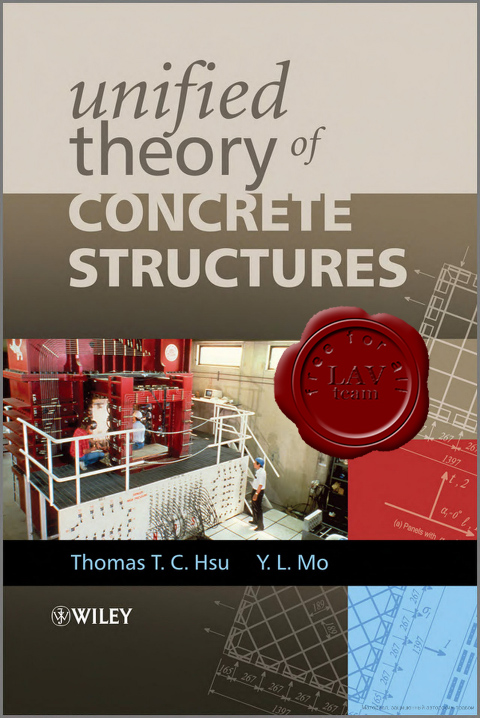
 link.
link.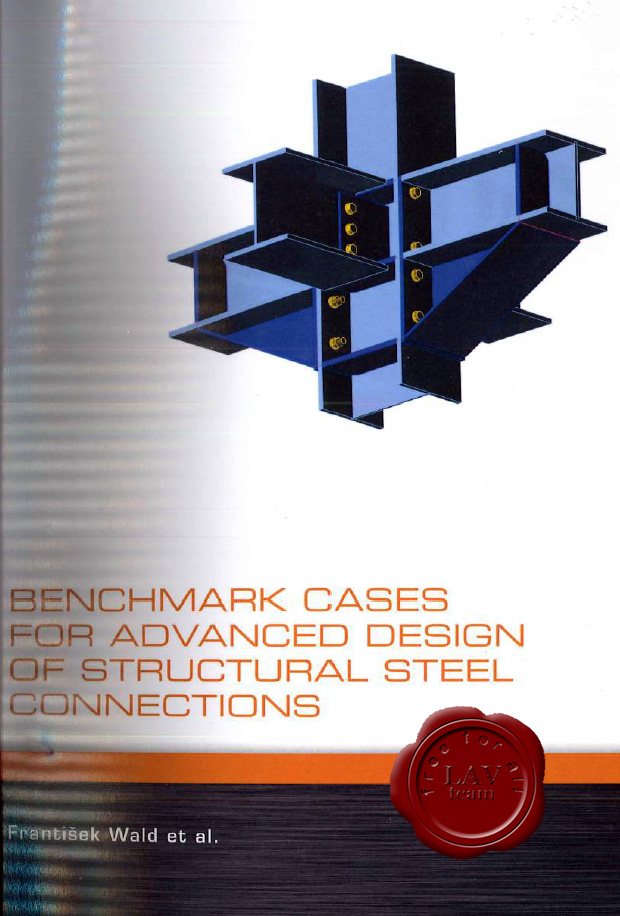

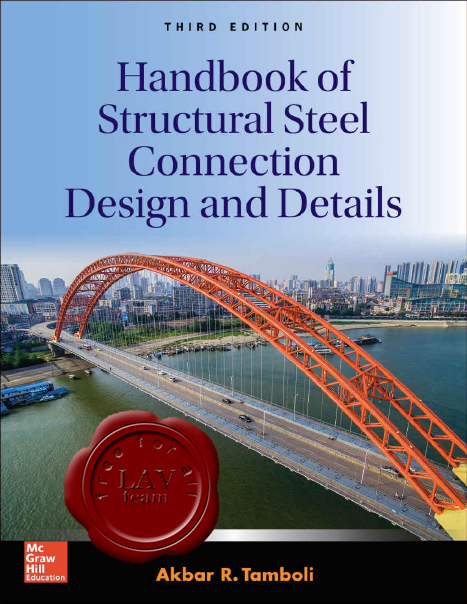


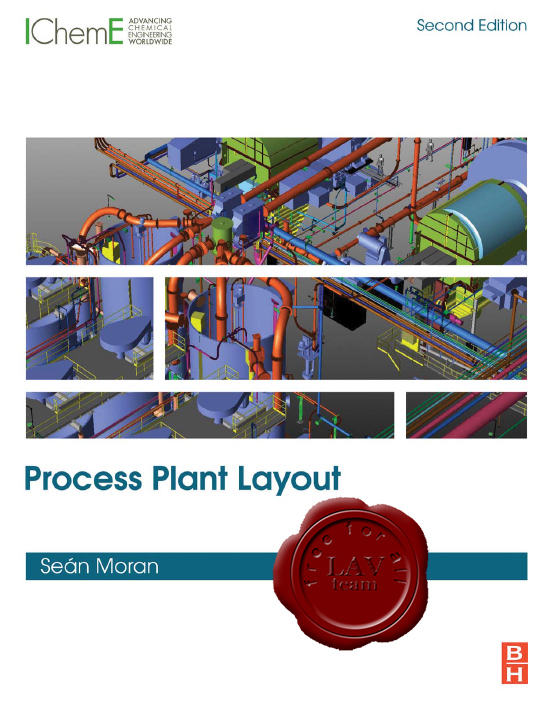
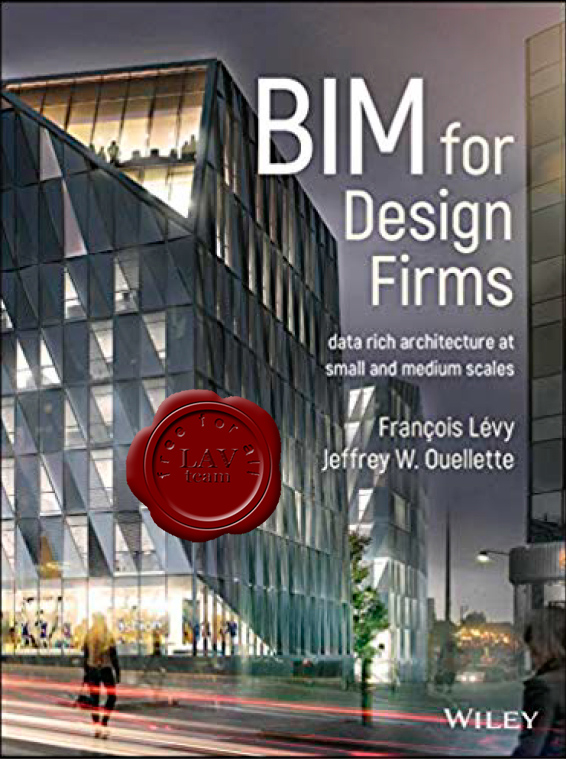
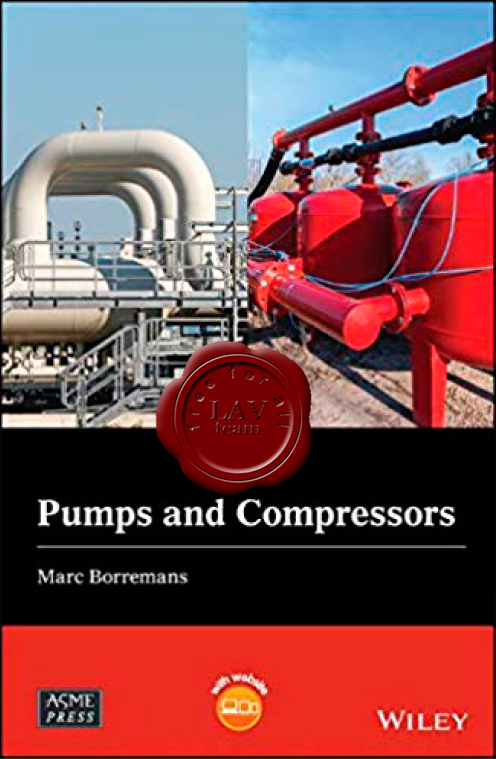
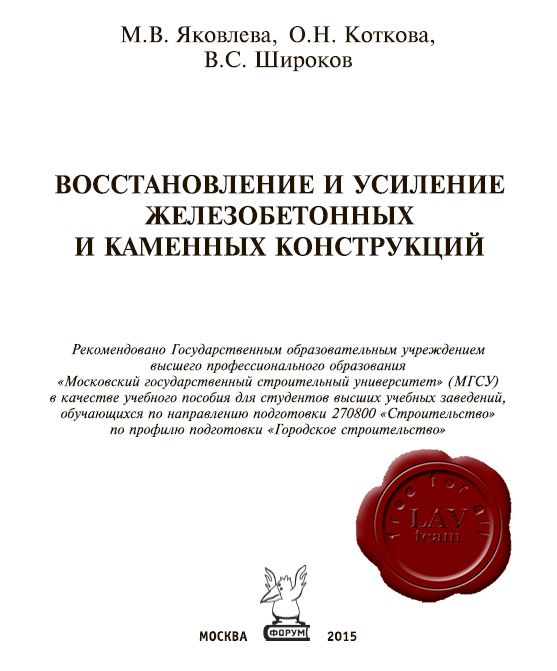
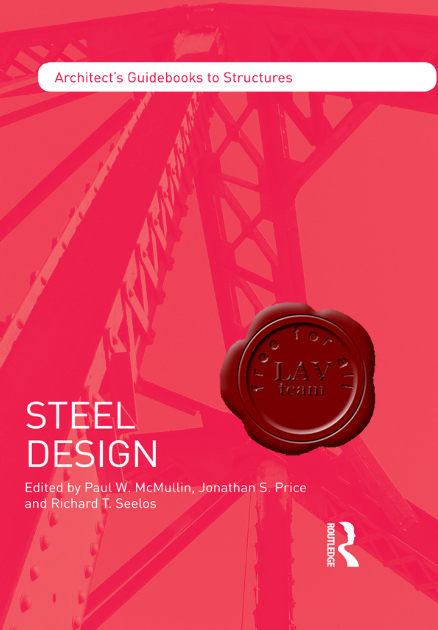
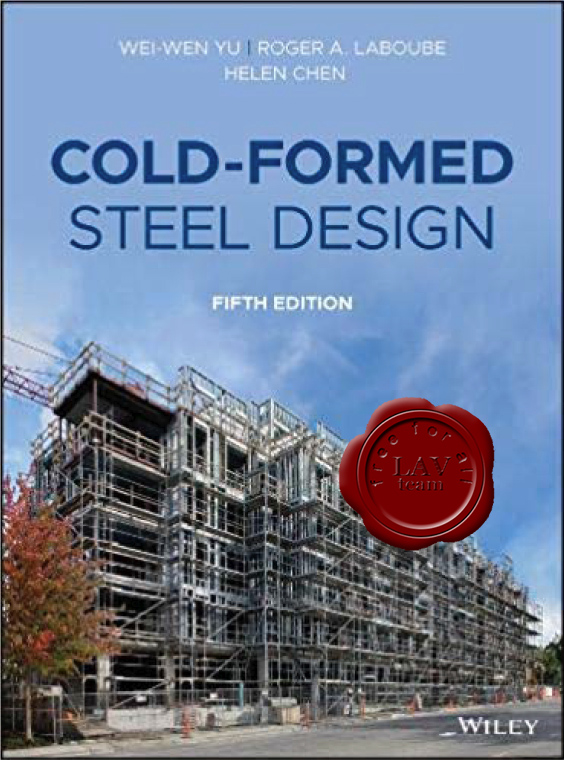
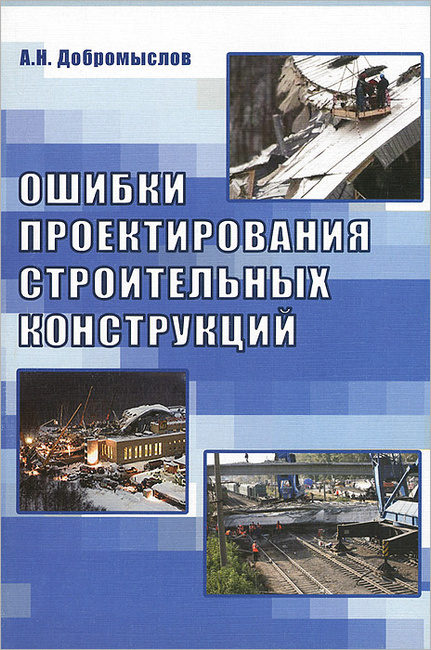


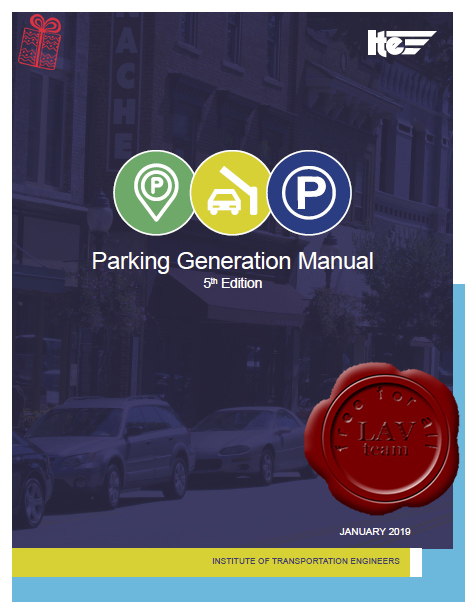
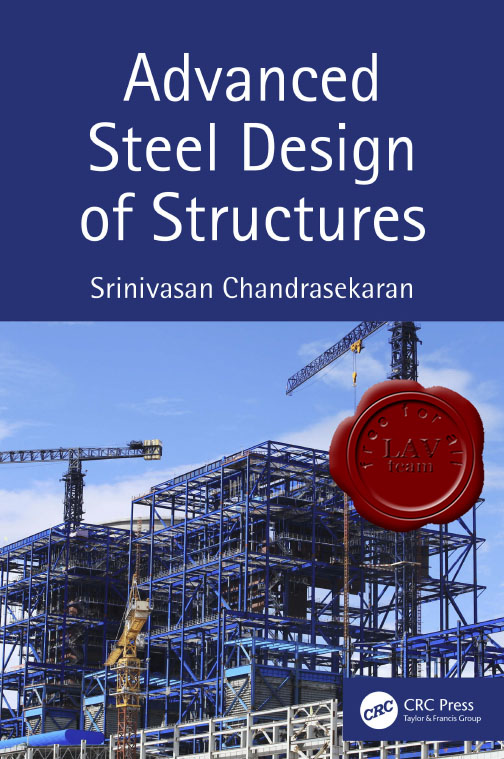
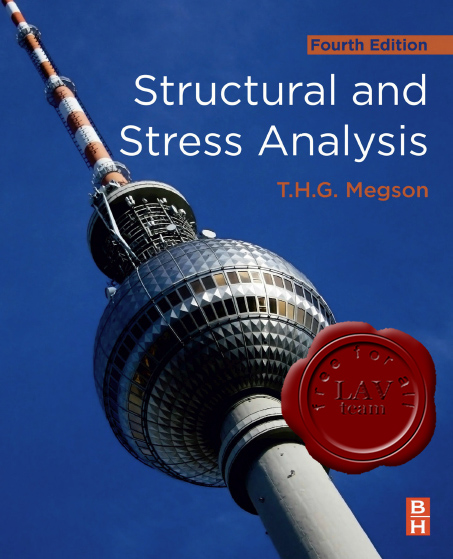
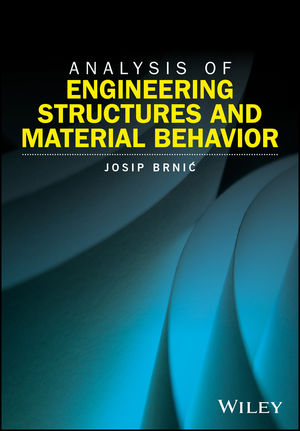

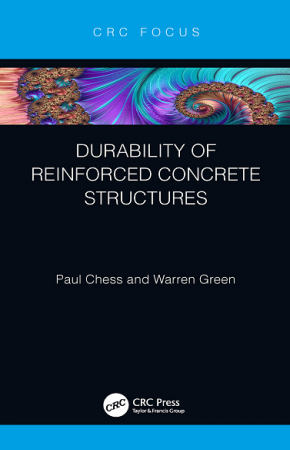

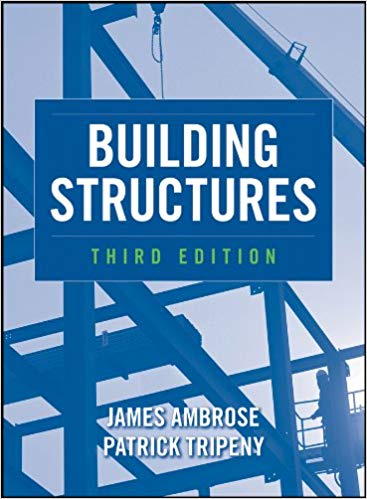

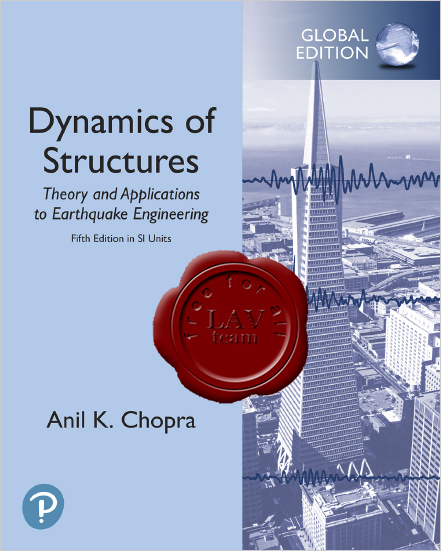
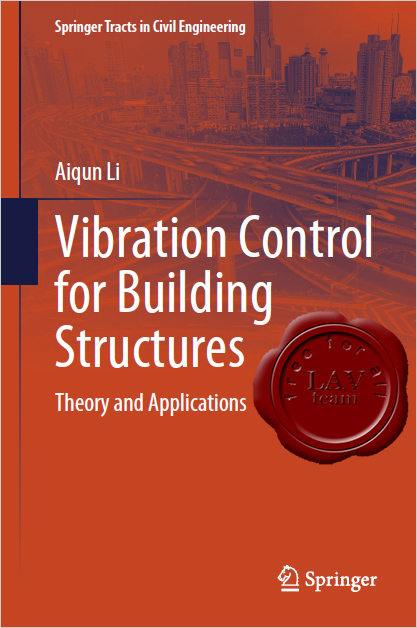
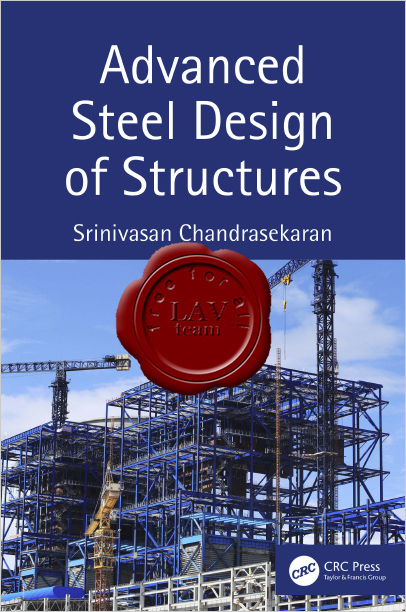



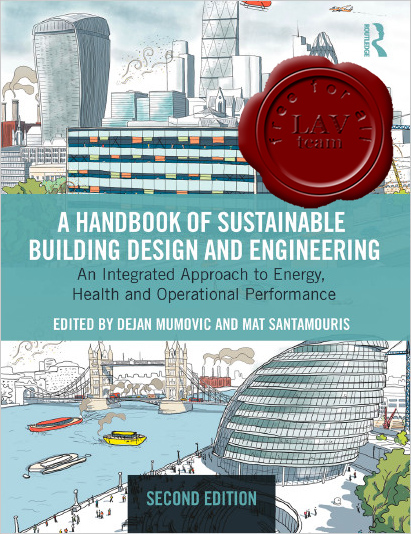
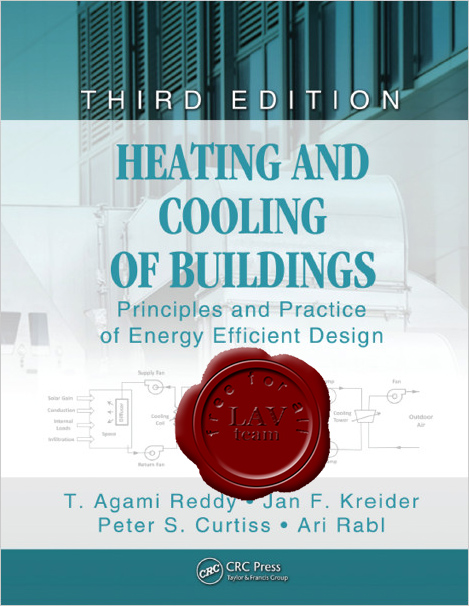
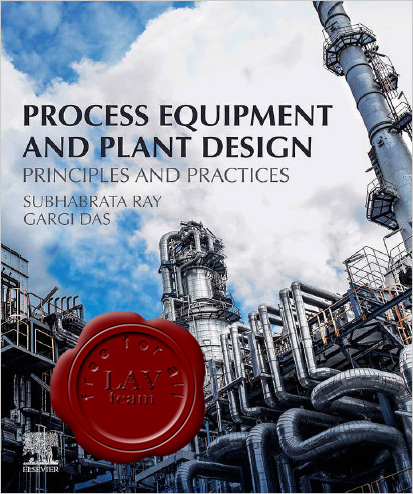
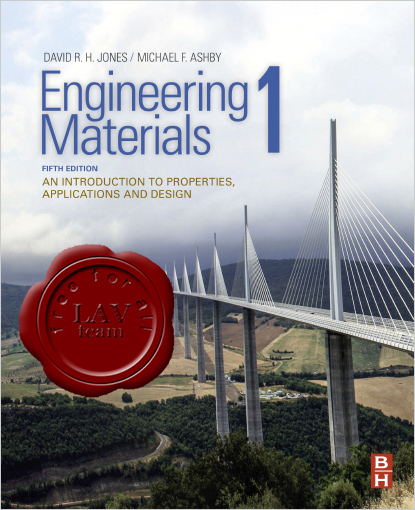


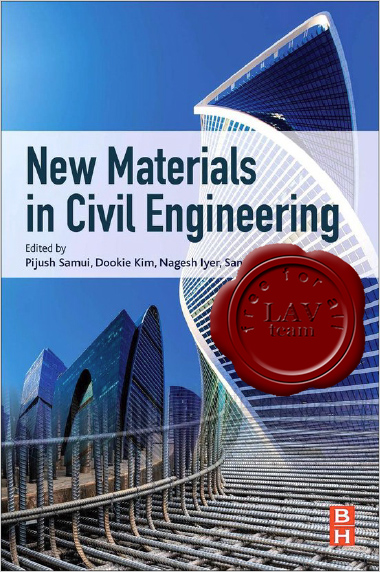
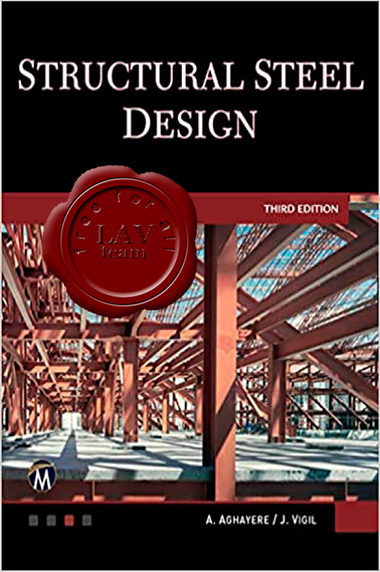
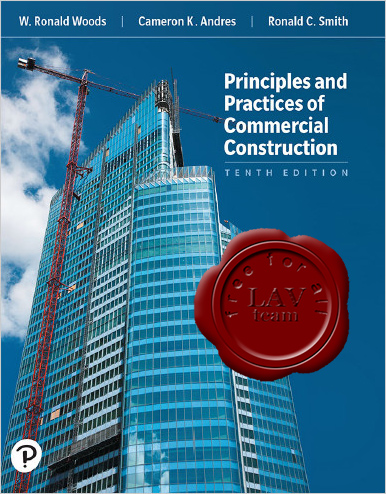
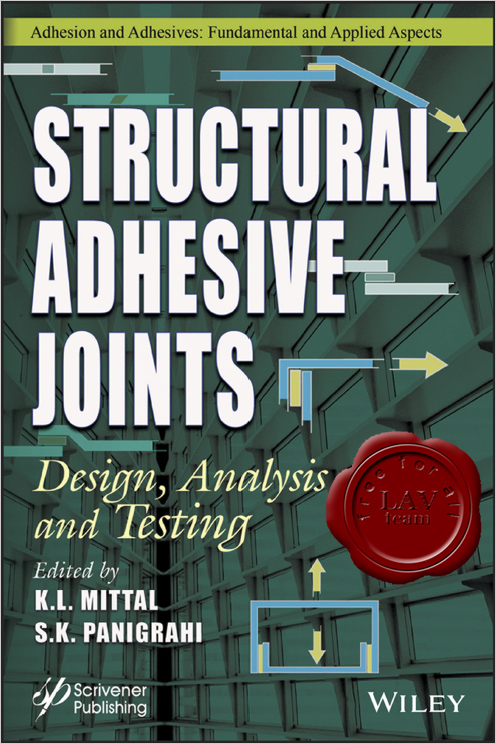

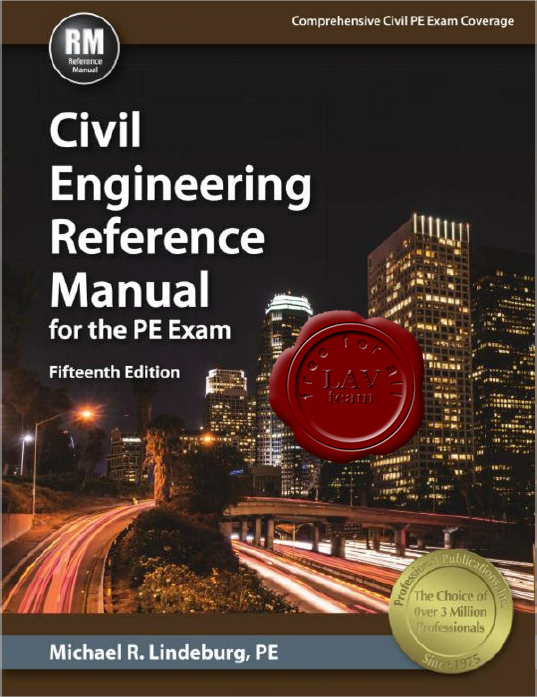
 Написать 10 сообщений (10 осталось)
Написать 10 сообщений (10 осталось)